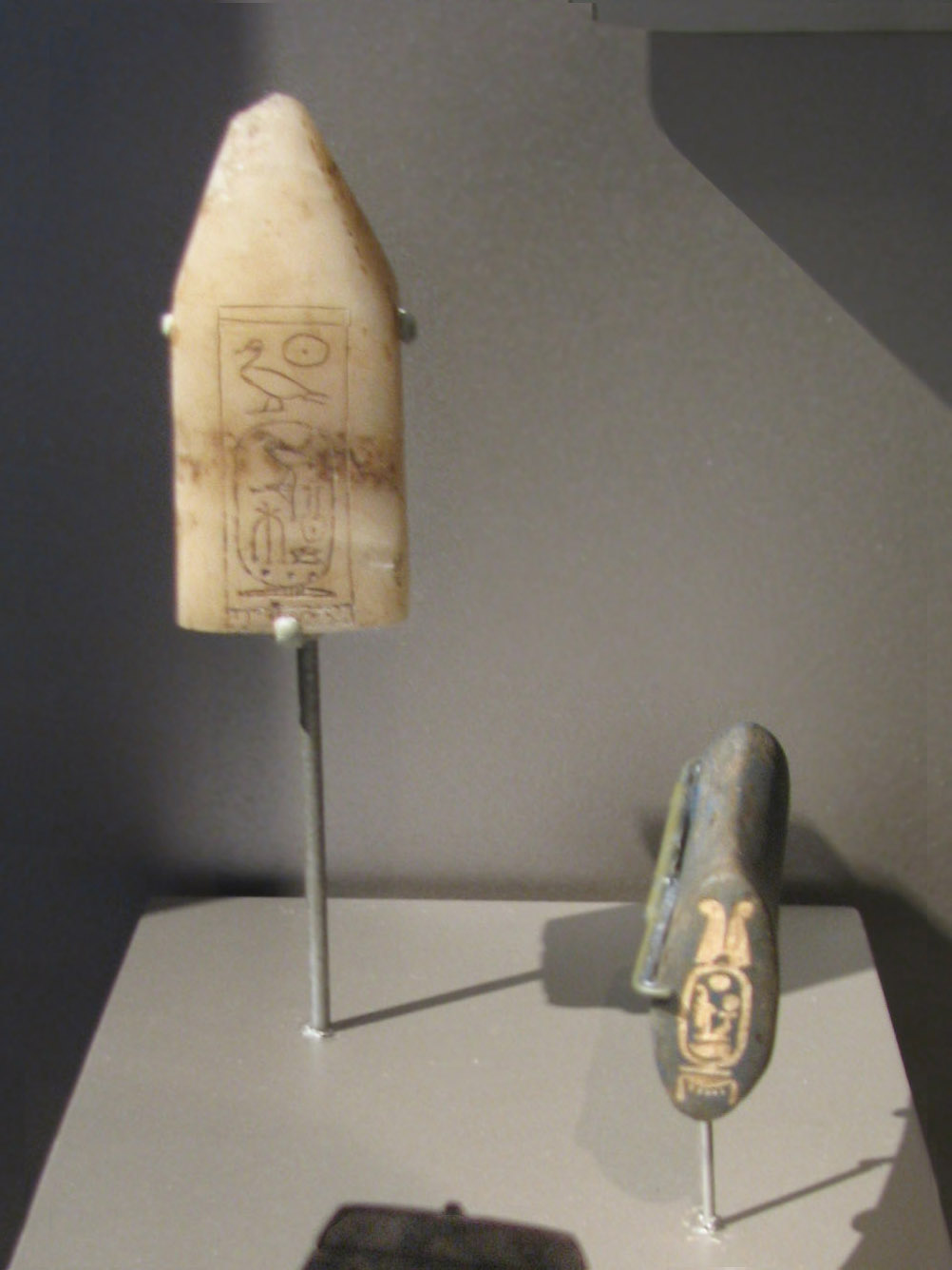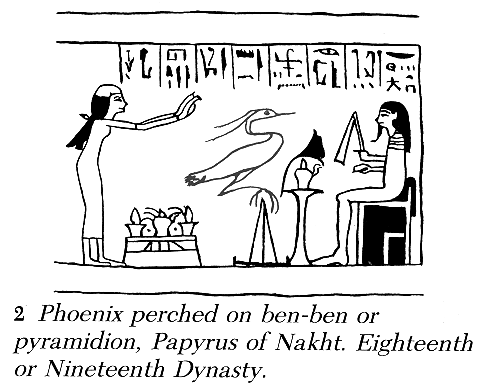
Fragment of a Model Obelisk
Egyptian alabaster, 2 13/16 in. (7.2 cm) Base: 1 1/8 x 1 1/4 in. (2.8 x 3.2 cm)
New Kingdom, Dyn. 18, reign of Thutmose II, ca 1481-1479 B.C.E.)
Provenance not known, Brooklyn #05.333, Charles Edwin Wilbour Fund
Handle of Model Ax Inscribed for Amunhotep III
Lapis Lazuli, 1 15/16 x 1 3/8 in. (4.9 x 3.5 cm)
New Kingdom, Dyn. 18, ca. 1390 - 1352 B.C.E.
From Saqqara, Brooklyn #37.280E, Charles Edwin Wilbour Fund
Photo © Joan Lansberry, May 2008-2016



